Japan’s economy slipped back into reverse over the summer, underscoring the fragility of the country’s recovery and backing the case for continued support from the Bank of Japan and the government.
Gross domestic product shrank at an annualized pace of 2.1% in the third quarter, largely on the back of falling business spending, a lack of recovery in consumer spending and higher import costs, the Cabinet Office reported Wednesday.
The contraction was much deeper than economists’ estimate of a 0.4% shrinkage. The yen weakened slightly against the dollar following the release.



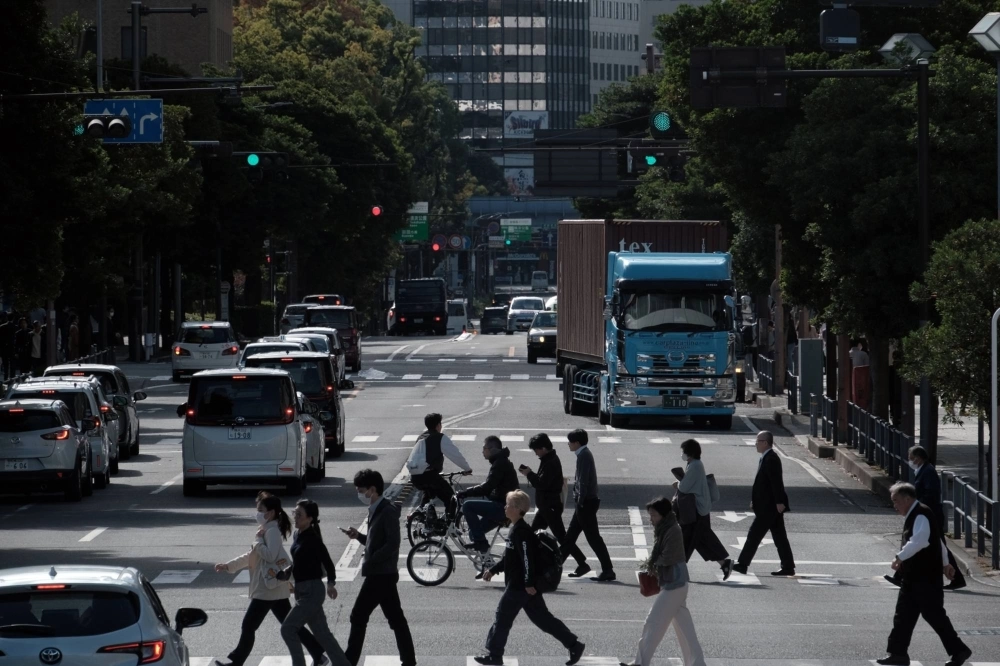

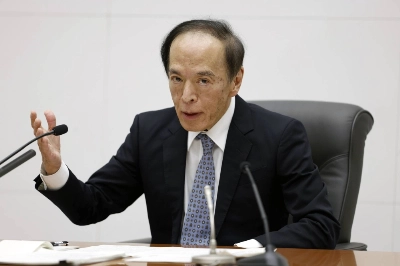



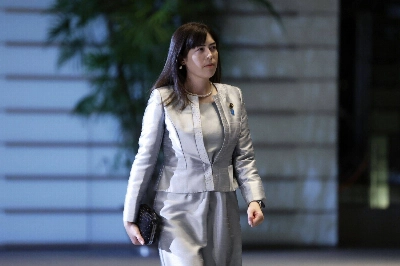

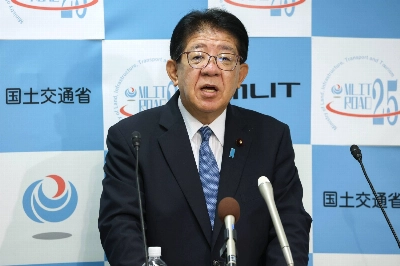


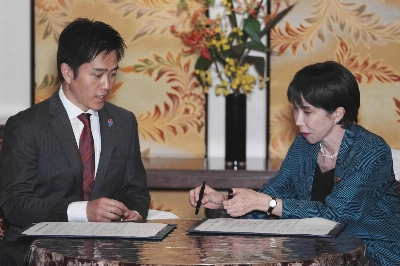






With your current subscription plan you can comment on stories. However, before writing your first comment, please create a display name in the Profile section of your subscriber account page.